Melis Varkal, Gokhan Celikag, Gokalp Kalfa
Türkiye
Did you know that 67% of Barcelona’s buildings have flat roofs, and most of them are underutilized?
Welcome to Reusing Rooftops Barcelona 2024, an exciting opportunity to redefine how we use urban space.
Organized in collaboration with the prestigious Mies van der Rohe Foundation, Reusing Rooftops Barcelona 2024 seeks to breathe new life into the rooftops, terraces, and courtyards of Barcelona’s iconic Eixample district. This competition invites architects worldwide to submit proposals that enhance urban livability, sustainability, and resilience.
The architecture of Barcelona’s “Eixample” district showcases modernist elements from the industrial revolution era, featuring buildings with unique facades adorned with wrought iron, sculptures, and ceramics by notable architects like Antoni Gaudí.
This area is characterized by its functional square blocks with chamfered corners, uniform building heights for optimal light exposure, and innovative construction techniques such as ventilated roofing systems and interior patios enhancing air circulation and resident well-being.
Despite the original oversight in rooftop utilization, the contemporary push towards sustainability has spurred projects like Reusing Rooftops Barcelona 2024 to transform these spaces for better urban living.
Reusing Rooftops Barcelona 2024 invites participants to reimagine urban living by reinventing the rooftops and interior courtyards of a block in Barcelona, focusing on sustainability, innovation, and collective well-being. The competition’s objectives include:
The decision of what use to give to rooftops and interior courtyards is entirely yours. From parks, solar farms, urban gardens, spaces for sports, or small vacation homes, any use is accepted as long as it adds value and respects the competition objectives.
For inspiration, consider the Dutch firm MVRDV’s fanstastic Rooftop Catalogue for Rotterdam. Additionally, the Guide to Living Rooftops and Green Roofs, authored by Elisabeth Contreras and Isabel Castillo for the Barcelona City Council, offers valuable insights into the potential of these urban spaces.
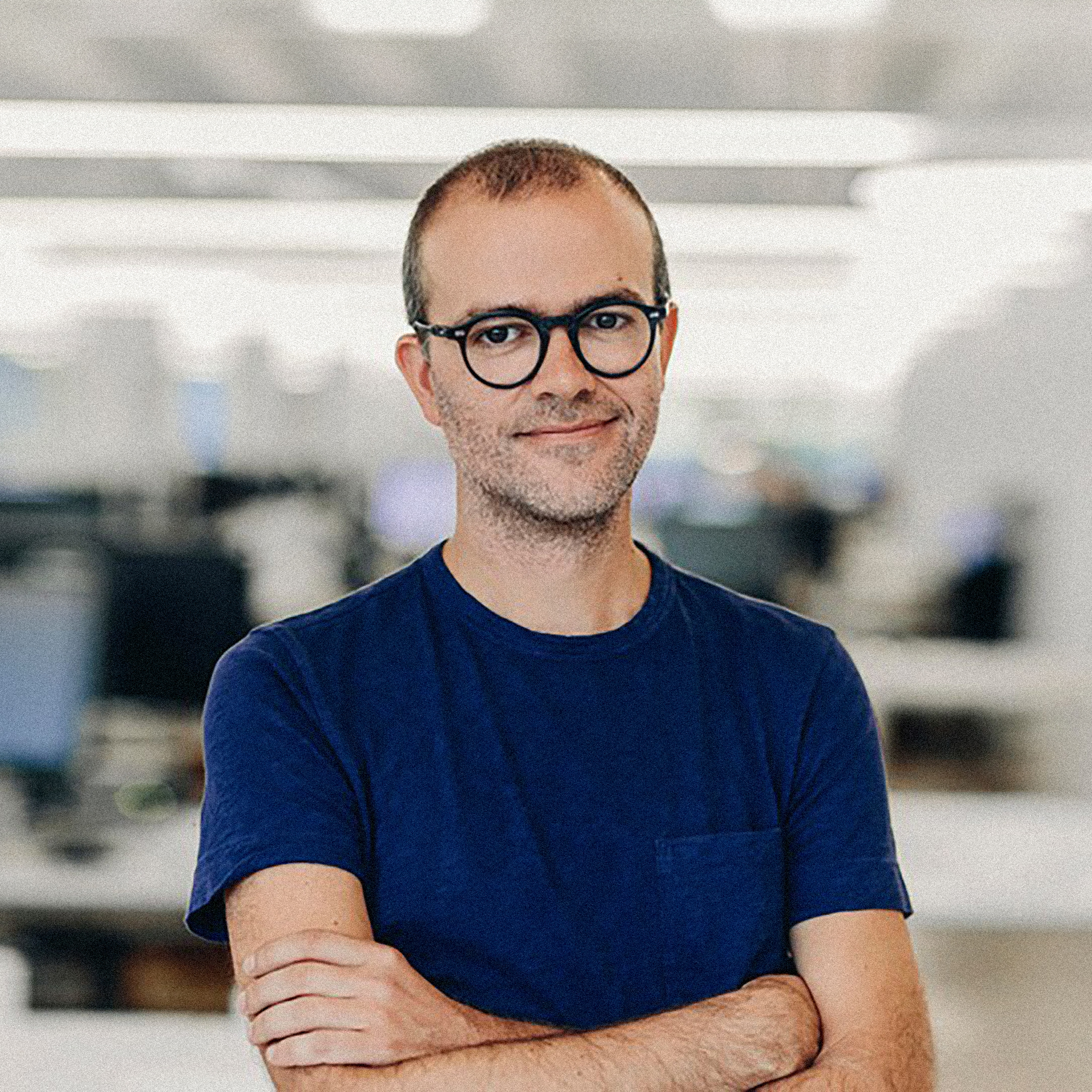
Agustín Pérez-Torres is a partner at the international firm BIG (Bjarke Ingels Group). His notable projects include the Miraya Cultural District in Saudi Arabia and Vancouver House in Canada, a residential project internationally recognized for its environmentally friendly design. He has also contributed as an architectural journalist and has collaborated in organizing architectural exhibitions.
BIG
BIG (Bjarke Ingels Group) is an international architecture studio known for its innovative approach and commitment to sustainability, as seen in iconic projects like the CopenHill energy recovery plant in Denmark. BIG integrates landscaping, engineering, architecture, planning, and products, enabling it to tackle complex projects and establishing it as a global leader in architectural design.
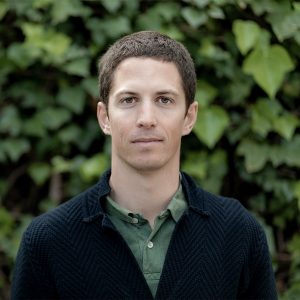
Joan Batlle Blay is a renowned landscaper and architect, Partner Director of R&D, and Deputy Director of Landscape at Batlleiroig. With solid training and a distinguished career in landscaping and architecture, Joan has specialized in integrating sustainable and aesthetic solutions into various urban and natural projects. His extensive experience and technical knowledge position him as an expert in creating spaces that are not only visually impressive but also functionally efficient and environmentally friendly.
Batlleiroig
Batlleiroig is a reference architecture studio founded in 1981 in Barcelona. This studio combines planning, landscaping, and architecture to create innovative and sustainable solutions. The firm is recognized nationally and internationally for its commitment to the environment and its pioneering approach in managing landscape and nature, making it a benchmark in urbanism and landscape architecture.
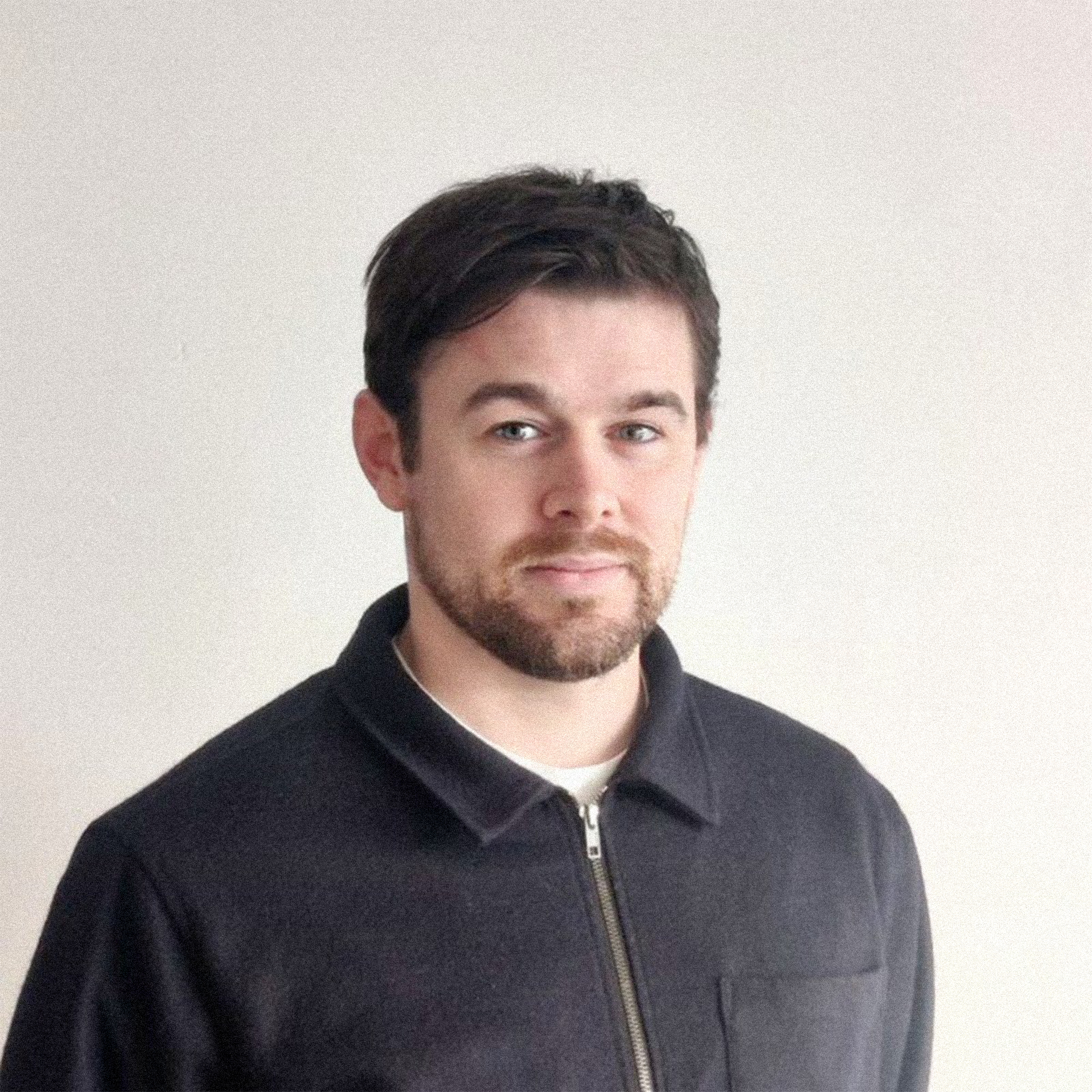
Cas Esbach is an architect from TU Delft and a project leader in the Rotterdam office of MVRDV since 2018. He has worked on major projects like Shenzhen Terraces in Shenzhen, Tripolis Park, and Valley in Amsterdam. He is recognized for his ability to push the boundaries of architectural design using innovative methods and research-driven conceptual thinking. His work has been recognized with multiple awards, including the Amsterdamse Nieuwbouwprijs and several international awards for the Valley project in Amsterdam.
MVRDV
MVRDV is an international architecture studio founded in 1993 with offices in Rotterdam, Shanghai, Paris, Berlin, and New York. It is known for its innovative architectural and urban solutions and collaborative approach that involves clients and experts from the early stages of the creative process. Among its most famous projects are Markthal in Rotterdam, Valley in Amsterdam, and the cultural transformation of the Pyramid of Tirana. Additionally, MVRDV manages The Why Factory in collaboration with the Delft University of Technology, a think tank that researches and proposes visions for the future of cities.
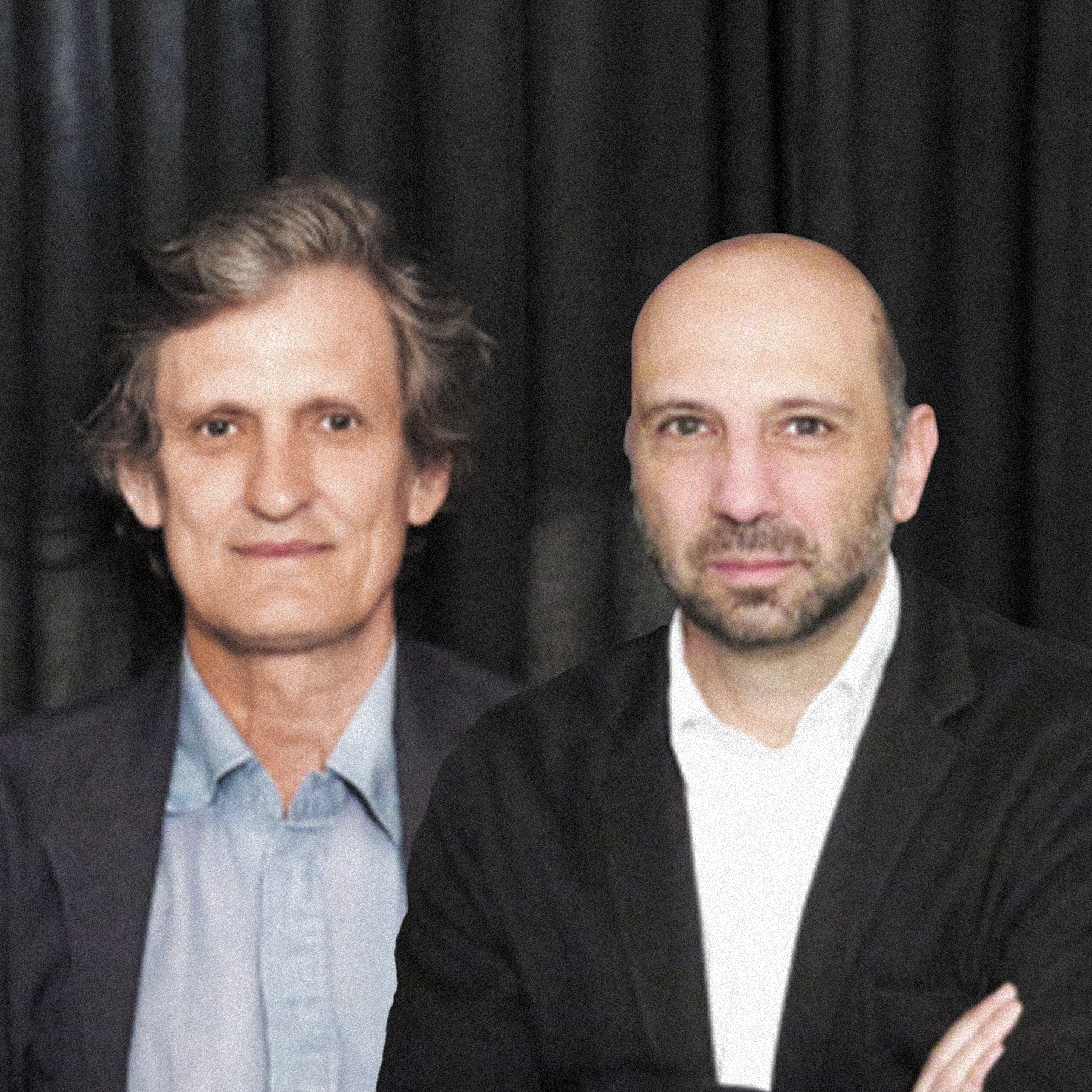
PORRAS GUADIANA ARQUITECTOS (PGA) is formed by the firms Estudio Guadiana and Porras La Casta Arquitectos. Among its most notable works are the remodeling of Plaza de España in Madrid and the Madrid Río Project, the largest urban operation in the capital of Spain, which has won various national and international awards. PGA has also tackled large-scale international projects like the GreenBelt7Bridges, a set of seven bridges around Lake Dishui in the city of Lingang (China).
Fernando Porras-Isla
Fernando Porras-Isla, an architect from the Polytechnic University of Madrid, stands out for his projects that integrate cultural sensitivity and advanced construction techniques. He is currently a Professor of Urban Design at the University of Castilla-La Mancha and Director of Thesis Projects at the School of Architecture in Toledo. Awarded the Veronica Rudge Green Prize by Harvard University in 2016, he has directed and edited the ARCHITECTURE and BAU journals.
Lorenzo Fernández-Ordóñez
Lorenzo Fernández-Ordóñez, an architect from the Polytechnic University of Madrid, currently teaches at the European University of Madrid. He is known for his deep knowledge of construction techniques and his ability to integrate art into architecture. Awarded the Rome Prize in 1994, he is responsible for the construction work of Eduardo Chillida on Mount Tindaya (Fuerteventura).

Raúl Álvarez Antón is an Architect and Technical Architect trained at the Polytechnic University of Catalonia and has extensive experience in management and work control. Among other recognitions, he received the “Premi Catalunya Construcció 2011” awarded by the College of Technical Architects of Barcelona. Since 2017, he has been the Technical Director at Soprema Iberia, specializing in sustainable solutions for waterproofing, insulation, and energy efficiency.
SOPREMA Iberia
The SOPREMA Group has a long history of offering construction solutions in waterproofing and insulation that demonstrate a solid commitment to innovation and sustainability. Its clear commitment to ecological architecture and adaptation to climate change is a prime example of the values promoted by the “Reusing Rooftops Barcelona 2024” initiative, making the SOPREMA Group a key ally in efforts to revitalize rooftops, terraces, and courtyards, transforming them into valuable spaces that improve the quality of life in urban settings.

Julia studied at the ETSAM. She has been working for 21 years in Sika, having developed most of her career in the Technical Department of the company, as a product engineer in different markets such as continuous pavements, structural repair or products and systems for sealing and bonding of building materials.
She currently works in Sika’s Prescription Department, providing technicians and properties with sustainable solutions based on high durability. Providing solutions to the problems that can be caused by leaks from building foundations to landscaped roofs.
Sika España, part of the Sika Group, excels in the construction chemistry sector with its innovative products for sealing and waterproofing roofs and pavements.
Committed to ethical and sustainable construction, Sika España plays a vital role
in the ‘Reusing Rooftops Barcelona 2024’ initiative, transforming roofs and terraces into functional and energy-efficient spaces. This aligns perfectly with the initiative’s goals to enhance urban living through sustainable and practical modifications to existing structures.

Elisabeth Contreras is a Technical Consultant at ZinCo Ecological Roofs, has been president and is the current vice president of the Spanish Association of Green Roofs (ASESCUVE), and has led significant projects for the public administration, including studies on sustainability and climate resilience in various cities, among others, the Guide to living roofs and green roofs from the Barcelona City Council. Her experience in the design and construction of green roof systems and other nature-based solutions, and her commitment to the promotion and development of urban green spaces, make her an authoritative voice in the field of sustainable architecture and ecological design.
ASESCUVE (Spanish Association of Green Roofs)
ASESCUVE aims to improve the sustainability of buildings and the well-being of people through the promotion and implementation of green roofs and vertical gardens, playing a crucial role in education and the dissemination of good practices in this area. The association strives for the professionalization of the sector, ensuring the quality and effectiveness of these urban interventions, and is a key piece in the transformation towards greener and more sustainable cities.
ZinCo
ZinCo is a pioneering company in the design and execution of green roofs, recognized worldwide for its innovation and leadership in developing sustainable solutions for urban spaces. With over 40 years of experience, ZinCo integrates advanced techniques in water management and biodiversity, creating environments that not only meet aesthetic and functional needs but also contribute to the restoration of natural ecosystems in urban areas. Its projects range from residential solutions to major public developments, demonstrating that ecological construction is essential, not a luxury, for environmental balance and the quality of urban life.
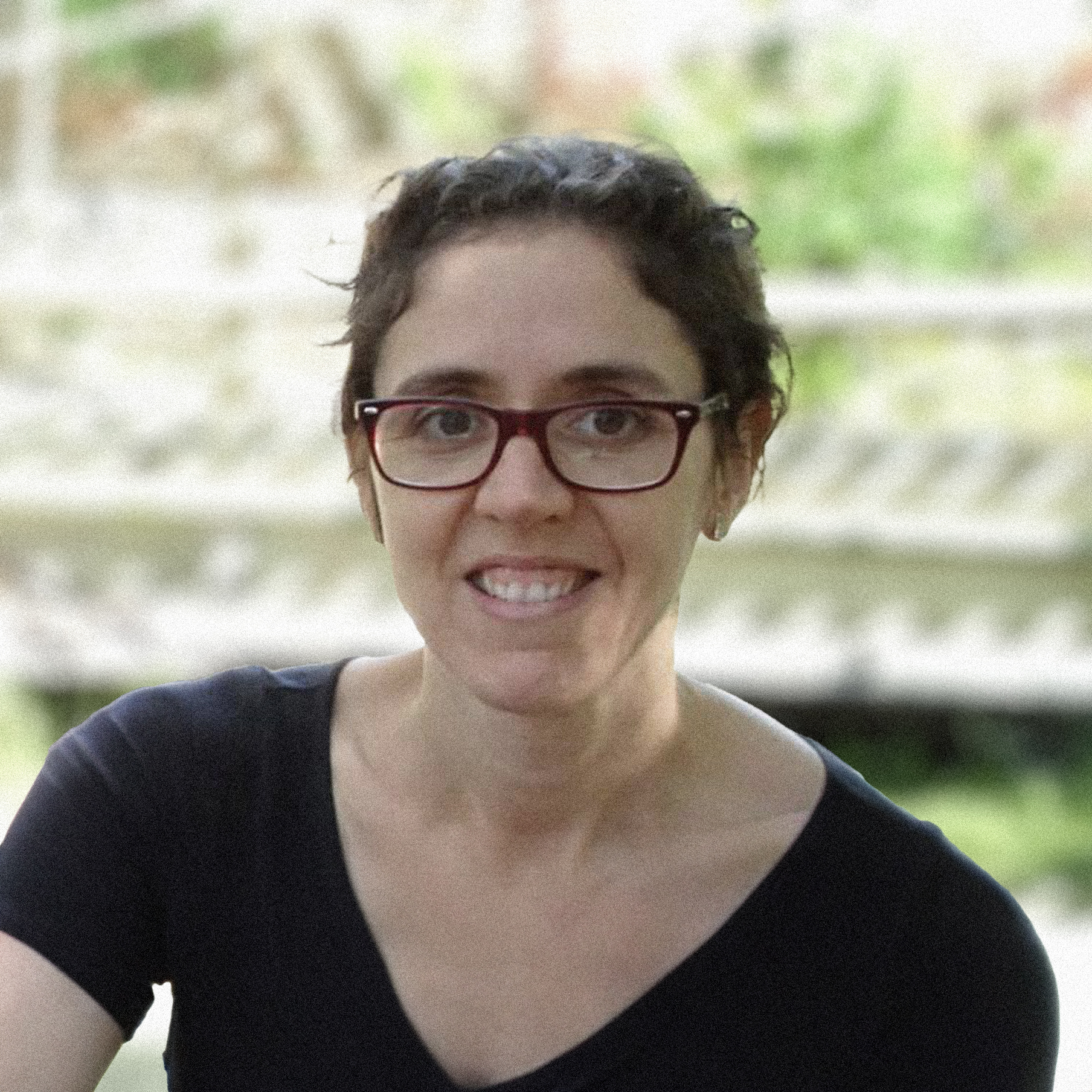
Montserrat Prado Barrabés is an architect and landscaper and Technical Director of the Urban Landscape and Quality of Life Institute of the Barcelona City Council (IMPUQV). This body is a reference for urban transformation worldwide, coordinating civil society and the private sector along with public administrations in the protection, improvement, and promotion of Barcelona’s urban landscape.
As part of Barcelona Architecture Weeks 2024, the Reusing Rooftops initiative held a lecture and panel discussion by leading experts in the field.
Partner at Bjarke Ingels Group (BIG)
Partner at Batlleiroig
Technical Director at SOPREMA Iberica
Specification Manager at Sika
Vicepresident of Spanish Green Roof Association
Technical Director at Institut del Paisatge Urbà i la Qualitat de Vida
It’s time to show your ideas to the world